Exploring the Enchanting Schloss Batzdorf: A Tale of Restoration and Artistic Renaissance
Hey there, fellow adventurers! Today, we're delving into the history and transformation of Schloss Batzdorf, hidden away in the rolling hills of the left bank of the Elbe in the town of Klipphausen, Germany. It's a story of hidden treasures, cultural revival, and unwavering passion for preserving the past.
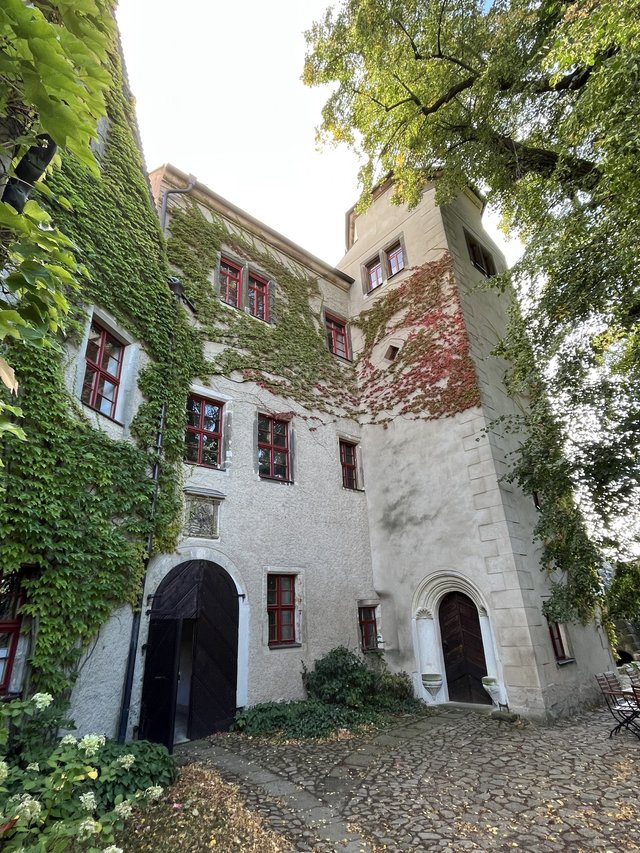
A Hidden Gem in Klipphausen:
Schloss Batzdorf is a picturesque gem nestled in the left bank valleys of Klipphausen, a community not far from Meissen, the historic Saxon stronghold of the Wettin dynasty. This charming castle, although smaller in stature compared to its neighbors, Schloss Scharfenberg and Schloss Siebeneichen, has a history dating back to the early 13th century.
Historical Deep Dive
The first mention of Batzdorf dates back to 1272, a time when the area was graced by the presence of a certain Heinricus de Batensdorph. This indicates that Batzdorf has been a place of significance for quite some time. The name Batzdorf evolved over the years, going through various iterations like Bothensdorph, Batilsdorf, Baxsdorf, Batczdorff, Patzdorff, until it settled into its modern form, Batzdorf, in the 16th century.
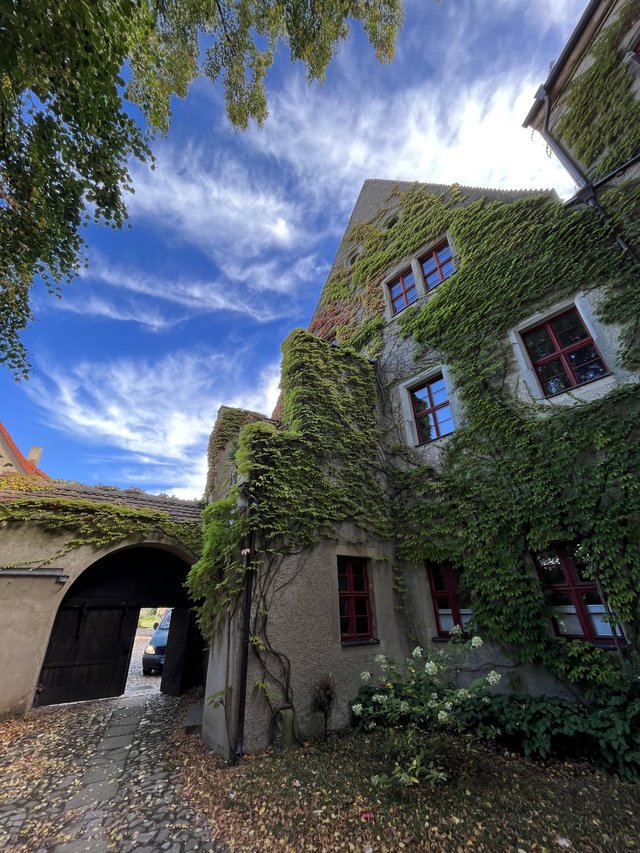
The Miltitz Legacy:
The Miltitz family played a pivotal role in shaping the history and architecture of Schloss Batzdorf, particularly from around 1437. It was Ernst von Miltitz, in the early 16th century, who left an indelible mark on the castle's structure. His architectural vision transformed the existing manor house, dating back to the latter half of the 15th century, by extending it and constructing the Knight's Hall.
A Glimpse into the Past:
The Knight's Hall, marked by a rich coat of arms frieze added around 1580, includes a large cellar vault, which is a striking feature of the castle. In 1586, the manor house was expanded toward Lindenhof, complete with a turret and a grand niche portal.
Baroque Charm:
Schloss Batzdorf also boasts a baroque castle chapel, originally built around 1705 as a burial place for Moritz Heinrich von Miltitz and his wife. This chapel adds a touch of Baroque charm to the castle's facade.
Rescue and Renaissance:
In the mid-20th century, Schloss Batzdorf faced the tumultuous aftermath of World War II. The last owners, the Friesen-Miltitz family and their tenants, were forced to leave the castle in August 1945. The castle was pillaged and left to decay, and for some time, it served as housing for displaced individuals and was used for agricultural purposes.
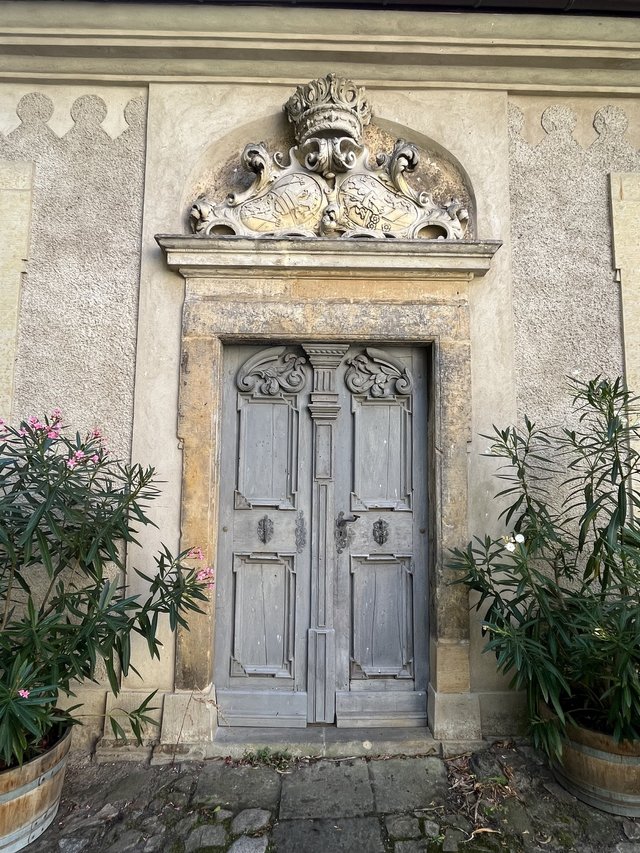
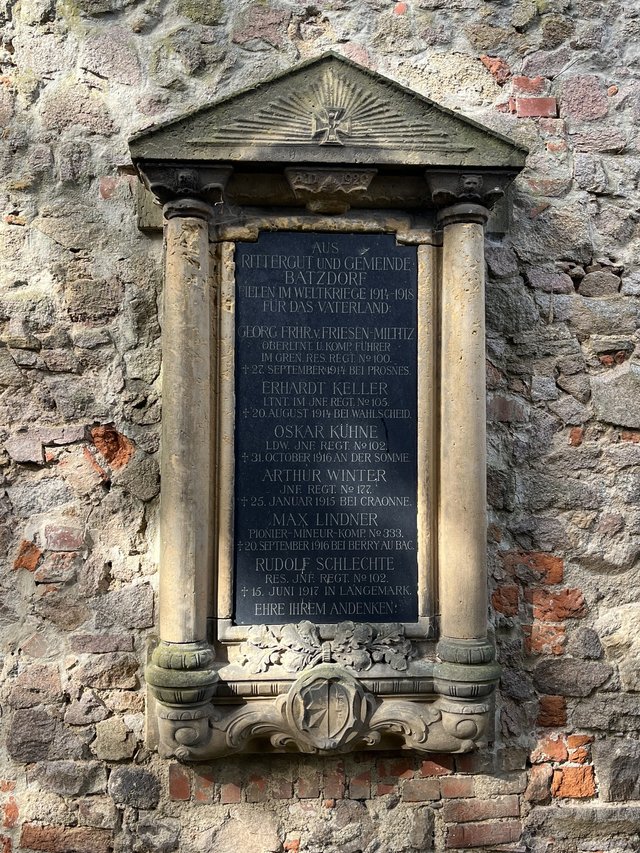
A New Beginning:
In the 1960s and 1970s, the castle saw a phase as a children's holiday camp and a village club. In the midst of these transitions, a village store was even established in the outer facade. By the 1980s, the castle's condition had deteriorated to the point where partial demolition was being considered by authorities and the preservation board.
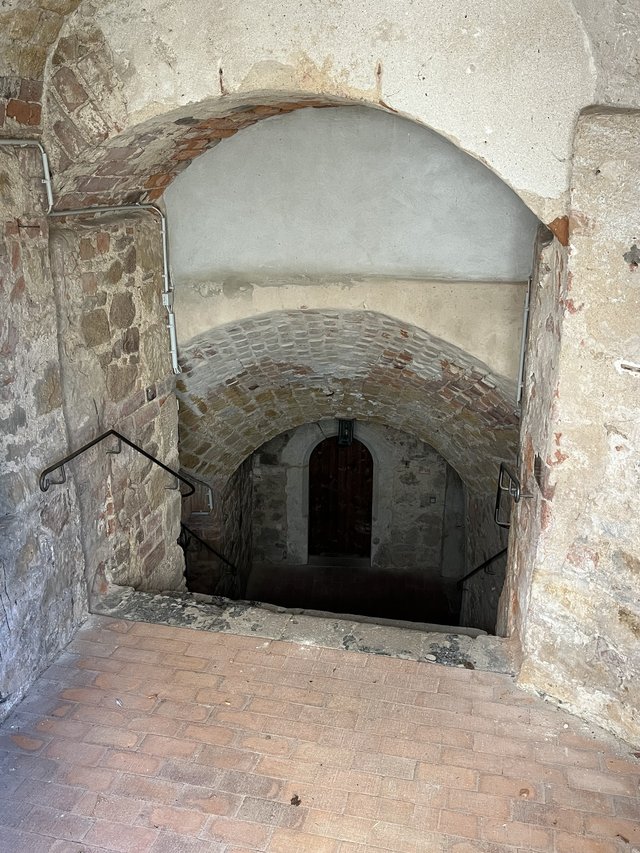
A Lifeline of Restoration:
In this critical moment, the partially ruined Schloss Batzdorf was rediscovered in 1983 by restorer Joseph Schmidt and artist Bettina Zimmermann. They envisioned the castle as a creative space for artistic endeavors, and their perseverance paid off. With support from the Dresden Institute for Monument Preservation, the castle was granted "temporary use" by the Scharfenberg community in 1984.
Community Effort and Revival:
The castle's revival began with significant restoration efforts and volunteer work from friends and enthusiasts of the project. The structure's historical charm was slowly brought back to life. In 1990, the non-profit "Association for the Preservation and Cultural Revival of Schloss Batzdorf" was established, and the castle was purchased from the Scharfenberg community.
Preservation and Cultural Revival:
Over the years, the association, which included construction experts and restorers among its active members, worked tirelessly to restore the castle's heritage. Funding from various sources, including the German Foundation for Monument Protection and the Dussmann Foundation, enabled crucial restoration of the castle's exterior.
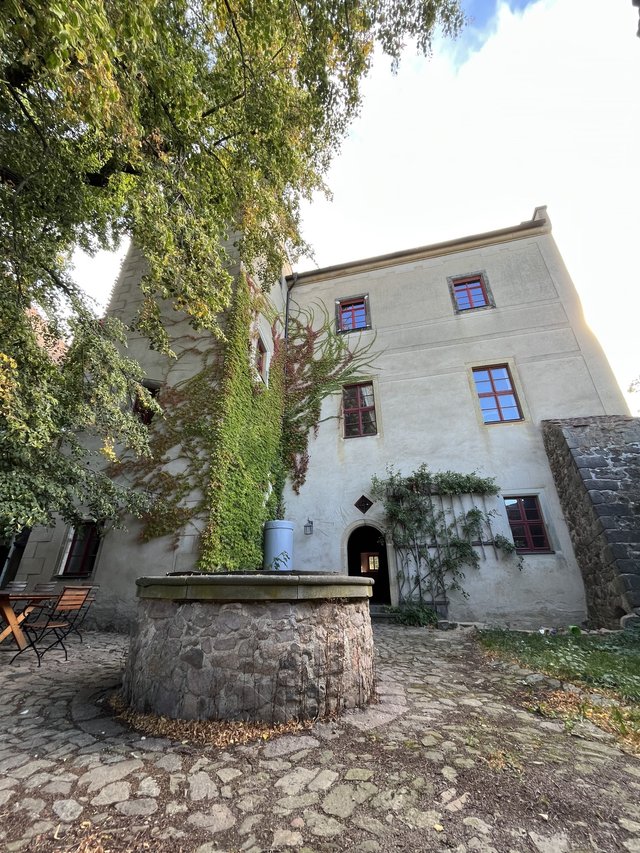
A Hub of Creativity:
Today, Schloss Batzdorf stands as a place of creativity, with ateliers, workshops, rehearsal spaces, and more. The castle has been transformed into a haven for artists, where they can practice their craft and host events.
A Celebrated Legacy:
The association's commitment to Schloss Batzdorf earned them recognition from the German National Committee for Monument Protection, which awarded them the "Silver Hemisphere" in 1997. The association has a 30-year history of dedication to the preservation and cultural revival of this remarkable castle.
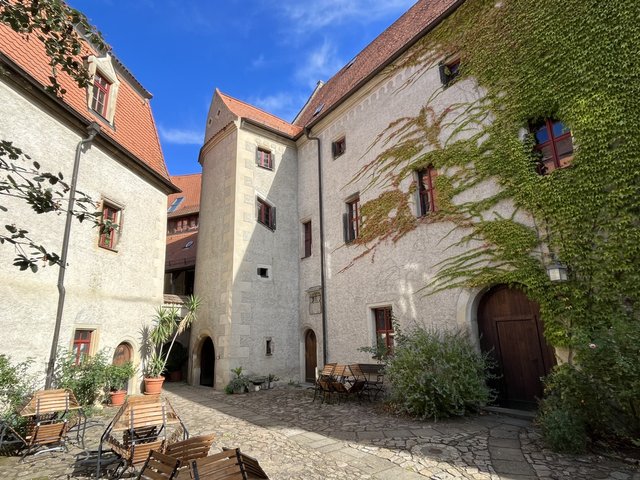
In the heart of Klipphausen's hills, Schloss Batzdorf is a testament to the power of community and artistic passion. It's a place where history and creativity intertwine, preserving the past while inspiring the future. Schloss Batzdorf is a must-visit destination for history buffs and art lovers alike, offering a unique blend of old-world charm and contemporary creativity.
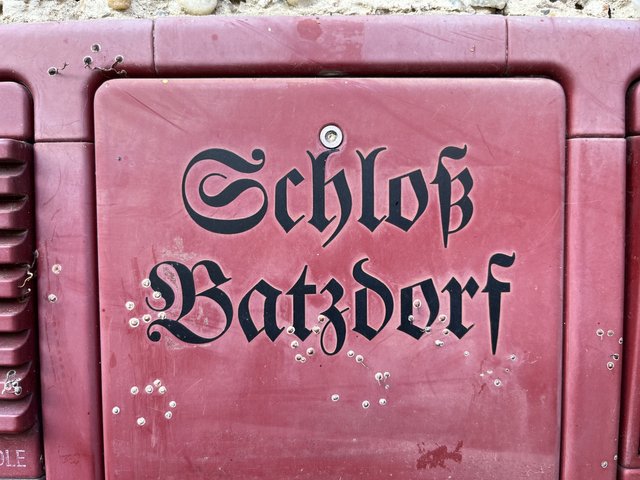
Congratulations @no-advice! You received the biggest smile and some love from TravelFeed! Keep up the amazing blog. 😍 Your post was also chosen as top pick of the day and is now featured on the TravelFeed.io front page.
Thanks for using TravelFeed!
@for91days (TravelFeed team)
PS: You can now search for your travels on-the-go with our Android App. Download it on Google Play